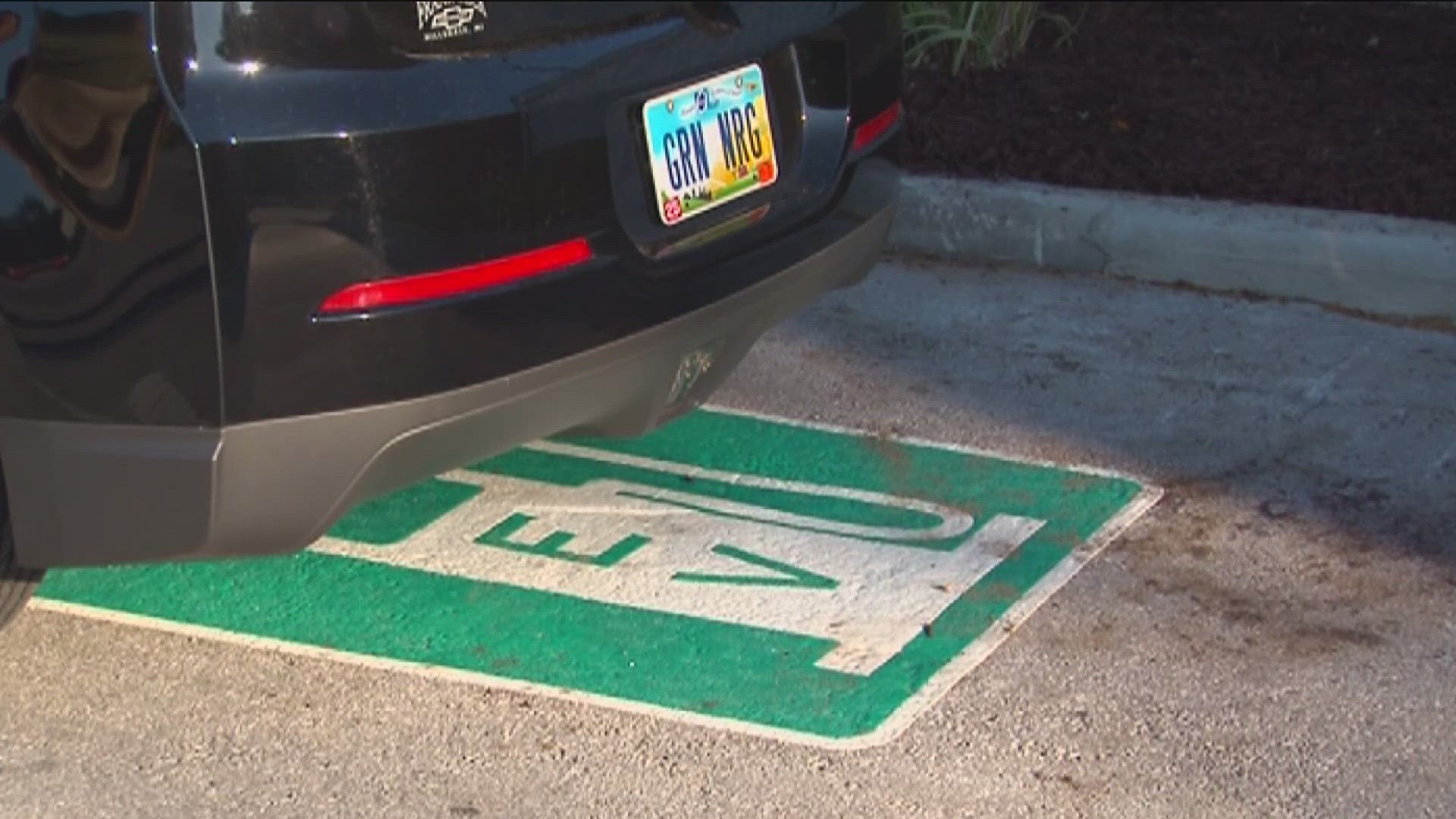TOLEDO, Ohio —
Two bans were discussed at the "Save Our Jobs" rally at Toledo's One Government Center on Thursday morning.
The first ban targets performance standards for tailpipe emissions. In April of 2023, the Environmental Protection Agency proposed a reduction in air pollutant emissions from cars starting with the model year 2027. The proposal aims to reduce greenhouse gases by 56% by 2032.
The standards do not mandate or target the use of a specific technology. A combination of zero-emission technology and internal combustion engine technology would be used to accomplish this, according to the EPA.
If implemented, the proposal would save consumers more than $50 billion on fuel over the vehicles' lifetime and prevent more than 900 million tons of carbon dioxide emissions, according to the National Highway Traffic Safety Administration. This is equivalent to taking more than 233 million vehicles off the road from 2022 through 2050. It would also reduce the U.S.' dependence on oil by saving more than 88 billion gallons of gasoline through 2050.
The second topic was the ban California announced to stop the sales of gas-powered cars by 2035. Historically, 17 states have followed California's emission regulations, but only nine have said they would join this particular ban. Some of the states include New Jersey, New York and Washington.
Concerns exist over the access to electric vehicle charging stations. The Biden administration put billions of dollars into the Bipartisan Infrastructure Law in 2023 to help with this. The plan is to invest $7.5 billion toward electric vehicle charging and $7 billion toward components needed for electric vehicle batteries.
Regulations are just one way to target emissions.
"My point is not just that some of those regulations are good for the environment," said Mike Ferner, a Toledo environmental activist. "But beyond just making automobiles more efficient, we've got to get serious about looking beyond just automobiles for our transportation and get into mass transit. That's where the real savings and the real benefit to the environment is."

